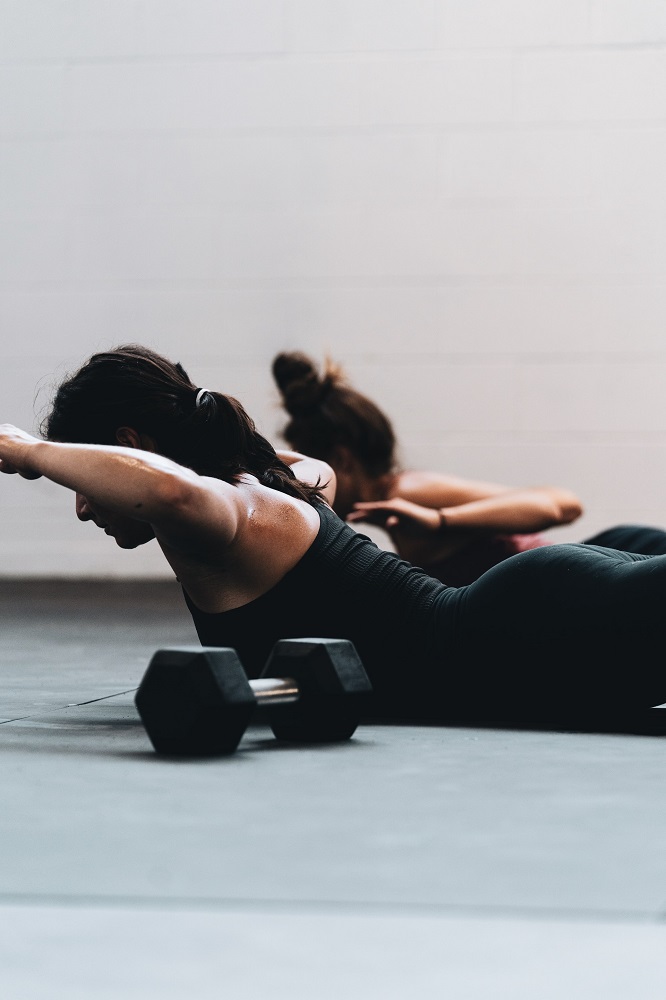
Working out in the comfort of your home comes with many benefits. Investing in a home gym means you can work out whenever is convenient for you, allowing you to reach your fitness goals with no fees to pay, in your own private space. Home fitness is becoming increasingly popular, and equipment is becoming more advanced, so there is something to suit all requirements. If you’re thinking of designing your own home gym this year, here are a few things to consider when it comes to setting up.
Choose your space
If you’re thinking about creating your own home gym, there are a few factors to consider before you do so, one of the main ones being the space in which you’re going to design your home gym. Choose a space with enough room for the equipment you’re looking to buy, for example, if you have a smaller space, choosing equipment that folds away could be advantageous. Make sure you work with the space you’ve got.
Your space doesn’t have to be anything too elaborate; a lot of home gyms tend to be in the garage, shed or spare bedroom. A garage could be beneficial as it is separate from the house and therefore means you won’t be taking up space with your equipment, and noise is less of an issue. If you are thinking of changing a spare room into a gym space, this can work too! Just make sure you have an adequate amount of space so that you can move around and complete your workout comfortably.
Choose your essentials
When you’ve chosen the space for your home gym, it’s time to choose the equipment you need. One of the advantages of your own gym at home is that you get to choose the equipment you enjoy using the most, that can help you reach your fitness goals. For example, if you’re looking to lose weight or improve your cardio fitness, a treadmill is a good place to start. If you’re looking to improve strength, dumbbells can be added.
You should think about the space you have and decide what is essential for you to add to your new gym. A few popular essentials are machines like a treadmill, rower, or exercise bike, as well as smaller and storable pieces of equipment like resistance bands, dumbbells, medicine balls or a skipping rope. Depending on the space and budget that you have, choosing a machine and a few pieces of smaller equipment is beneficial and means you can build up your collection over time.
Light and airy
So, you’ve chosen your space and you’ve added your essentials — now it’s time to move on to the set-up design. If you’re working with a smaller space, try and let as much light in as possible. A natural, airy feel to the gym area will allow you to work out more comfortably. You could also add mirrors in front of your machines or weight area. This can be beneficial so that you can watch your form, but also so that the natural light seeping in can be bounced around the room to give an illusion of a larger space.
Well-organised
Another design that is beneficial for a home gym is to focus on organisation. Add shelves or racks so that you don’t have to leave equipment scattered all over the floor, because not only could this result in an accident, but it can also mean damaged equipment and an overall messy gym — which you want to avoid! If you’re short on floor space, add wall storage to help you keep your space tidy.
Colour and style
Creating your own home gym means you get to decide how it looks. You can add pops of colour, posters, mirrors, anything that you think looks good — After all, having a gym space that you want to spend time in and that motivates you is essential! You could add coloured foam floor tiles or paint the room a vibrant shade. You can make it your own.
If you want to design your room to be a stylish addition to your house, you could try to keep it sleek and minimalistic, modern, and tasteful. Or you could add touches of nature, with leafy plants, and wood and stone textures. Just because you’re using it to work out, that doesn’t mean you can’t make it look good!
© Copyright 2022 Antonia, All rights Reserved. Written For: Tidylife


Leave a Reply